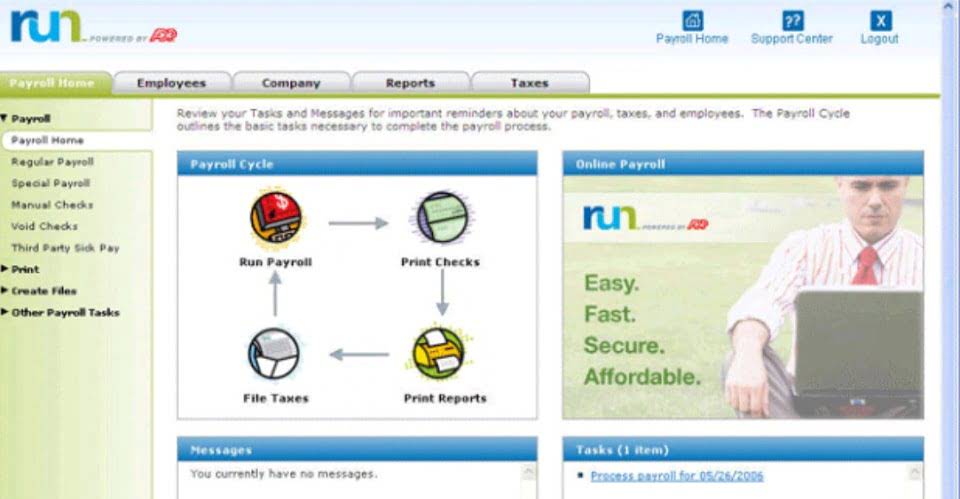
Without them, it would be nearly impossible to track and analyze your business’s financial transactions effectively. Whether you’re a business owner or an aspiring accountant, having a clear grasp of journal entries is essential for maintaining accurate financial records. We’ll break down the basics, including the purpose of journal entries and how they fit into the double-entry system. This guide breaks down the accounting process into easy-to-follow steps that are repeatable every time a new accounting period begins. They are standardized for use across payroll all types of business.

#2 – Real Account
Recording transaction is a basic accounting process, with a few steps involved. The first step is to determine the transaction and which accounts it will affect. Consideration must be taken when numbers are inputted into the debit and credit sections. Then, finally, the transaction is recorded in a document called a journal.

What are the golden rules of journal entry?
- In this guide, you’ll learn the different types of journal entries, why they matter, and how to create and record them.
- While the number of entries might differ, the recording process does not.
- When an accounting transaction occurs, it can be recorded in the books of an organization in a number of ways.
- It plays a crucial role in ensuring compliance with accounting standards.
- In a journal entry, every debit entry must have a credit entry and the debits must always equal the credits.
But if you’re willing to put a bit more work into your bookkeeping, double-entry bookkeeping can pay off in the long run by making it easier to prepare financial statements. Think of journals as records that show all the financial details of your business. A general ledger, on the other hand, is a master document that offers less detail. When certain transactions of the same nature happen on the same date, it is preferred to pass a single journal entry instead of passing two or more entries. The following examples will explain the basic method of recording transactions in the form of a journal. We want to separate out what he has put into the business from what he took out of Bookkeeping for Painters the business for several reasons (for example, taxes).
Translate the Changes Into Debits and Credits

Adjusting entries eliminate these risks by correcting any mistakes and providing a more accurate representation of your business’s financial health. These entries play a crucial role in adjusting the balances of your accounts to reflect the correct financial position recording transactions in a journal of your business. To ensure accuracy, there are steps you can take to identify and correct errors in the trial balance. First, carefully review each account balance and verify its correctness.

Understanding Journal Entries
This entry shows that your business earned money, adding to your income. In the journal entry, Dividends has a debit balance of $100. This is posted to the Dividends T-account on the debit side.
- A cash credit column is provided for cash payment and cheque payment.
- For example, if you pay a bill, your cash account will be affected because money will go out.
- In this case, only a single entry is passed because interest is directly received.
- These entries are initially used to create ledgers and trial balances.
- This way, the beehive thrives, balancing what comes in and goes out, just like a smartly managed piggy bank.
- Compound journal entry – There will be more than 2 accounts involved all of which are required to be identified.

Recent Comments